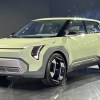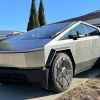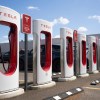
nanoFlowcell QUANTiNO ‘twentyfive’ EV Runs Without Batteries
The Quantino electric vehicle has been around for a few years, in production-ready form. Off and on, there has been plenty of anticipation because of one thing, this EV doesn’t have a battery. Developed in the U.K. by nanoFlowcell, it uses bi-ION technology. We’ll explain in a bit. Now, with the Biden Inflation Reduction Act, the company sees a sweet-enough plum to pursue production for U.S. markets.
Why is the Quantino EV being sold in the U.S. now?
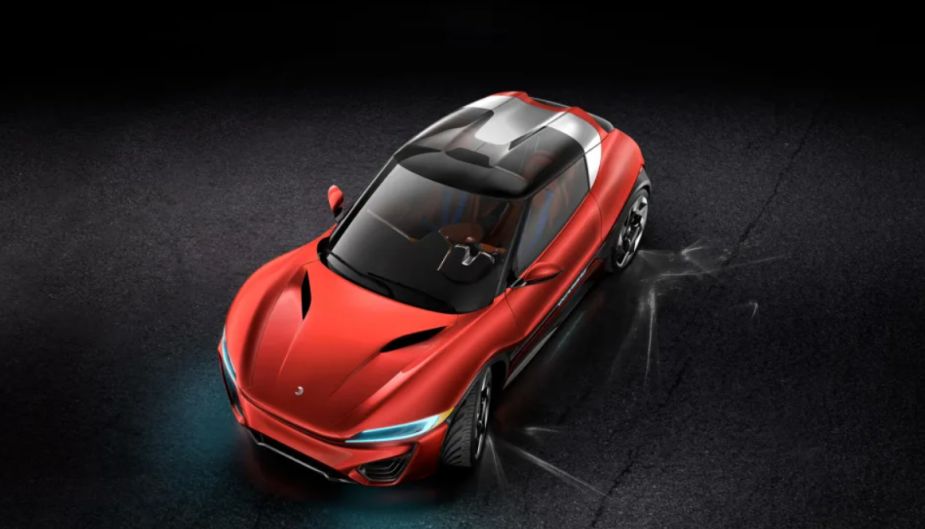
In an announcement in December, nanoFlowcell said it has “project plans for the series-production of the QUANT E-models as well as the construction of a large scale bi-ION® production facility, providing transportable renewable energy for fuelling nanoFlowcell applications.” In celebrating its 25th anniversary and its U.S. expansion plans, nano will develop a special version of the Quantino. It’s called the “twentyfive.”
The twentyfive is a 2+2 fastback with motors at each wheel. Power comes in at 320 hp, with a zero-to-62 time in under three seconds. And the range? It’s 1,242 miles. So you know there’s no typo, that’s 1,242 miles range. Now that we have your attention, let’s briefly look at the bi-ION technology.
How does the Quantino EV travel without batteries?
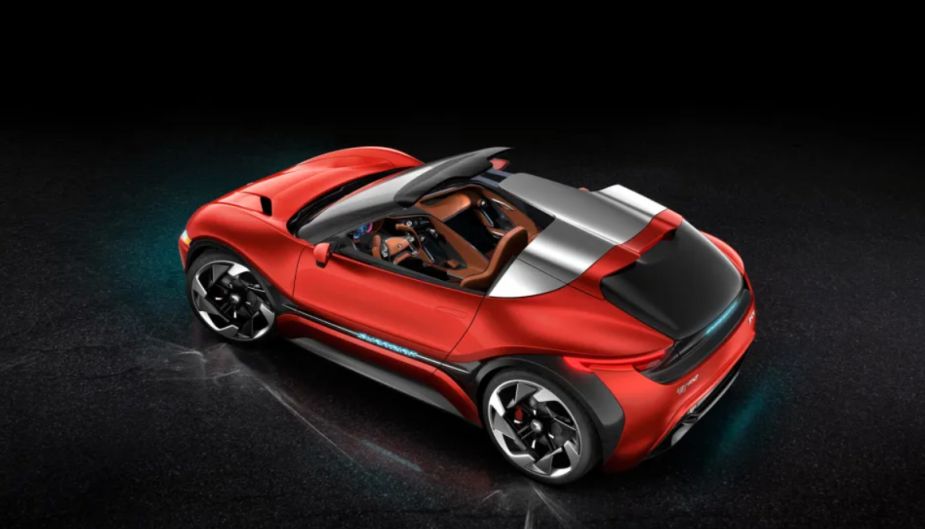
Instead of battery packs, the Quantino uses a convergence of positively-charged electrolytes and negatively-charged anolyte. Once introduced into an ion-selective membrane, it produces electricity. “Our water-treatment system turns saltwater, brackish water or wastewater into carrier liquids for our specially nano-structured molecules – the actual bi-ION® charge carriers,” says its website. The solutions are each stored in 125-liter tanks, that’s 33 gallons to us Yanks.
The two liquid solutions are, according to NanoFlowcell, without toxic substances. They’re also non-flammable, and “eco-compatible.” With the continuing reports of EV fires, that is quite a marketable feature. Beyond that, there are all of those unmentionable issues with extracting Lithium necessary for the increasingly massive Li-ION battery needs.

Frankparker.medium says, “The cost of manufacturing the bi-ION® electrolyte liquid on an industrial scale is estimated at substantially less than ten Euro-cents per liter. Industrial production costs for nanoFlowcell® would be around 600 Euro ($650). The company guarantees a life span for nanoFlowcell of a minimum of 50,000 operating hours, which equals to around 1.8 million kilometers (well over one million miles) in an electric car.
Where do owners get the special fluid to run the EV?

But the big question then becomes, where do you fill up with the electrolyte and anolyte? That is always the problem with new technologies that require a certain product to have worldwide distribution. But rather than Hydrogen, which has myriad issues with production, transportation, and storage, these bi-ION fluids seem to be much easier to wrap infrastructure arms around.
Energy macroeconomics and infrastructure are big issues in a world where every corner has a gas station. But we’re progressing forward with the steady electric march towards an all-electric vehicle world. It will all become clearer as we edge closer to 2030.
